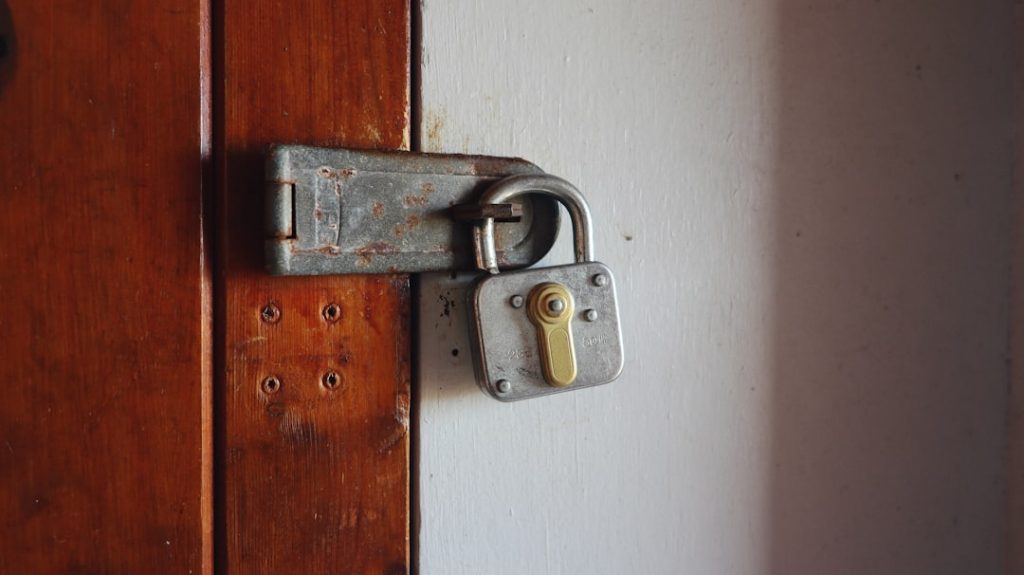One of the most effective ways to enhance the security of your WordPress website is by limiting access to the WordPress admin area. The WordPress admin panel (/wp-admin) is the gateway to managing your site’s content, appearance, and functionality — and that’s why it’s a prime target for hackers. A powerful, yet often underutilized way to secure this sensitive area is by using .htaccess rules. This configuration file allows advanced control over access permissions, can block attackers before they reach WordPress itself, and is used by servers running Apache (which powers a large percentage of WordPress sites).
Why Restrict Access to the WordPress Admin?
Before we dive into the .htaccess configurations, let’s understand why restricting access is so important:
- Brute force protection: Automated bots constantly scan the internet looking for WordPress login pages they can try password combinations on.
- Minimize attack vectors: By limiting who can even attempt to access /wp-admin, you reduce the number of opportunities for an attacker.
- Save server resources: Unauthorized login attempts use up resources and can slow down your site.
Let’s walk through several ways to use .htaccess rules to control who gets access to this critical part of your WordPress setup.
1. Restrict by IP Address
One of the simplest and most effective methods to limit admin access is to allow only specific IP addresses. You tell your server to deny access to everyone else. Here’s how:
In the root or wp-admin directory, create or edit the .htaccess file and add the following lines:
<Limit GET POST>
order deny,allow
deny from all
allow from 123.456.789.000
</Limit>
Explanation:
deny from allblocks access to everyone.allow from 123.456.789.000replaces this IP with your actual IP address. You can add more lines for multiple trusted IPs.
Keep in mind that if your IP address changes frequently (as is common with home networks or mobile connections), this method might not be ideal without manual updates. In such cases, consider using a dynamic DNS service or combining methods.
2. Password Protect the wp-admin Folder
Another layer of protection involves password-protecting the entire wp-admin directory using basic HTTP authentication. This means users are prompted to enter a username and password before even reaching the WordPress login screen.
- Create a .htpasswd file
Use an online generator or the htpasswd command-line utility. Place the file outside your web root for security. For example:/home/user/.htpasswd - Edit your .htaccess in wp-admin:
AuthType Basic AuthName "Restricted Area" AuthUserFile /full/server/path/to/.htpasswd Require valid-user
Note: Contact your hosting provider if you’re unsure about the full server path to your .htpasswd file.
This approach won’t interfere with normal WordPress behavior and is particularly effective when combined with IP filtering.
3. Deny Access to wp-login.php from Unknown IPs
The wp-login.php script is the gateway to WordPress logins. It’s used even outside /wp-admin (like for front-end logins). Here’s how to restrict access:
Edit the root .htaccess file and place the following rules:
<Files wp-login.php>
Order Deny,Allow
Deny from all
Allow from 123.456.789.000
</Files>This works just like the /wp-admin restriction. Only users from the allowed IP(s) will even see the login page.
Bonus Tip: To redirect unauthorized IPs to a custom landing page or your homepage, you can use a RewriteRule instead:
RewriteEngine On
RewriteCond %{REQUEST_URI} ^/wp-login\.php$
RewriteCond %{REMOTE_ADDR} !^123\.456\.789\.000$
RewriteRule ^(.*)$ http://yoursite.com [R=302,L]
This provides better user experience and doesn’t expose the login screen at all.
4. Disabling PHP Execution in /uploads or /includes
Sometimes attackers upload malicious scripts to WordPress folders like /uploads or /includes. To prevent this, disable the execution of PHP files in these folders, as they typically don’t require it.
Navigate to the uploads directory and create a new .htaccess file with:
<Files *.php>
deny from all
</Files>Repeat this for other directories where users can upload files, such as /wp-content/includes.
5. Protect Sensitive Files from Public Viewing
Certain files like wp-config.php and .htaccess itself store important configuration data. Prevent users from trying to access them directly:
<FilesMatch "(wp-config\.php|\.htaccess)">
Order allow,deny
Deny from all
</FilesMatch>
By doing so, you shut the door on snoopers and scanners trying to learn more about your server setup. This one line could save you from disaster.
Best Practices When Editing .htaccess
- Backup First: Always save a copy of your current .htaccess file before making changes.
- Edit with care: A single misplaced character can shut down your entire site.
- Use plain text editors: Use tools like Notepad++ or Sublime Text; avoid word processors.
- Test after each change: Don’t make too many edits all at once; verify functionality as you go.
Troubleshooting Tips
If you encounter issues after modifying your .htaccess file, here are a few steps to resolve them quickly:
- Check your web server’s error logs; they often indicate syntax or permission errors.
- Disable the most recent block of changes and verify if your site resumes normal operation.
- Try renaming the .htaccess file temporarily to see if functionality returns — this confirms the issue lies there.
Combining Methods for Best Security
No single security measure is foolproof. The best approach is a layered defense strategy:
- Use IP restrictions to block unwanted visitors.
- Combine that with password protection for /wp-admin.
- Disable PHP execution in potentially risky directories.
- Protect your configuration files from exposure.
- Install a security plugin like Wordfence or iThemes Security for monitoring and firewall services.
By implementing multiple security protocols at the server level, even if one layer fails, others are in place to stop unauthorized intrusion.
Conclusion
Securing your WordPress admin area is vital to maintaining the integrity and availability of your site. While plugins add convenient features, nothing beats low-level server-side restrictions for overall protection. Using .htaccess allows you to create a hardened perimeter around your admin space — blocking bots, filtering access based on IP, stopping malicious scripts, and safeguarding your most critical files.
Don’t wait for a security incident to take place before acting. Implement these .htaccess rules today, and take a big step toward building a secure, resilient WordPress environment.
